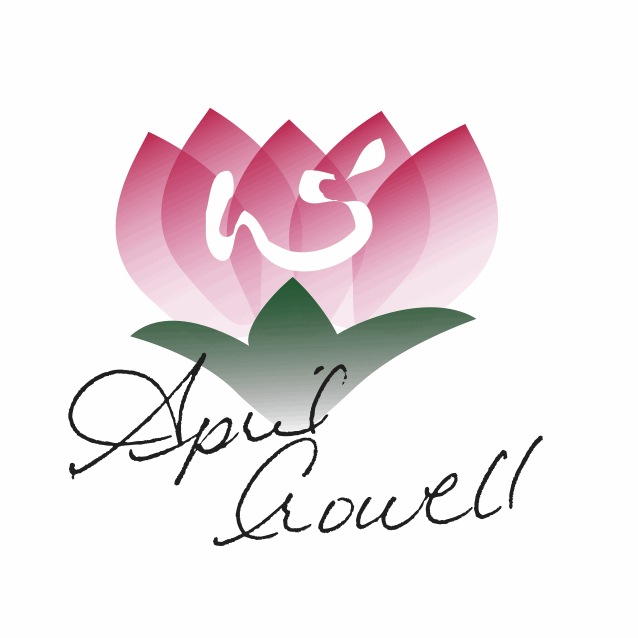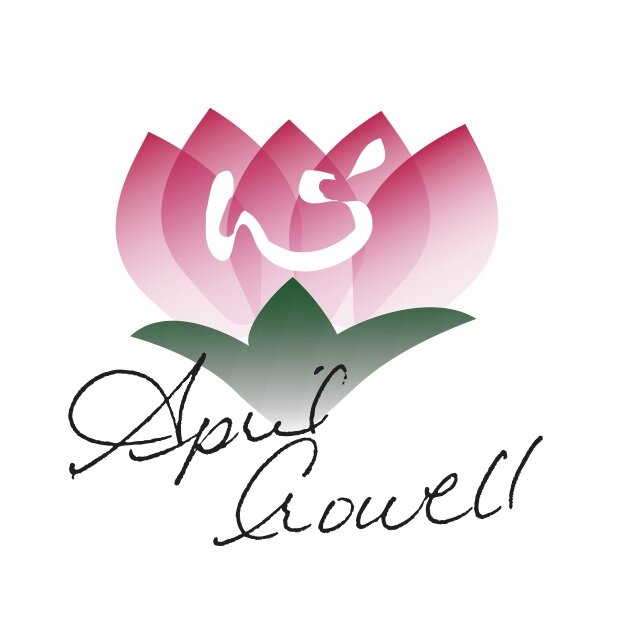Summer’s Energetics – The Season Of The Fire Element
Summer, the season of the Fire Element, has arrived. The days are long and the bright sunshine invites us outdoors to work in our gardens or play in the sun. It’s a season of activity and joy. All seasons represent the possibility for change in our lives. We can fight their energetic nature or we can use the season’s blessings for our own growth and benefit…and summer has so much to offer.
Why the seasons matter
In Asian medicine’s 5 Element Theory each season (Spring, Summer, Late Summer, Autumn and Winter) possess their own energetic dynamics and movement of Qi (energy). They ebb and flow from one to another. Understanding the energetic nature of each season helps us to adapt so we move gracefully from phase to another. For example– knowing that Spring’s climate is wind, helps those that are susceptible to wind conditions such as epilepsy, headaches, anger, and allergies to take appropriate precautions to not be as easily affected by the condition. Winter, encourages us to rest and be introspective, to consider our deepest selves, whereas, Summer invites us to expand and be active, it also affords those who have are Yang deficient an excellent opportunity to rebuild Yang. We don’t hunker down or fear each season, rather having awareness can help us become flexible and adaptive, we can embrace and benefit from the virtue and blessings each season rather than fight them.
Summer Correspondences
Season — Summer
Element — Fire
Color — Red
Sound — Laughter–including laughter at inappropriate times
Climate — Heat
State of growth — Maximum growth
Odor — Scorched or burnt
Flavor — Bitter
Yin organs & time — Heart: 11 am-1 pm & Pericardium: 7-9 pm
Yang organ & time — Small Intestines: 1-3 pm & Triple Warmer: 9-11 pm
Body tissue — Blood vessels and the Blood
Sense organ — Tongue
Spirit — Shen
Emotion — Joy or lack of Joy
Virtue— Ability to create quality relationships and interactions with others, propriety
Vice — Inappropriate relationships and boundaries, victimization
Let’s look a little closer
Season–Summer – Ruled by the Fire element, Summer is the time of year when our activity (Yang) should be at its peak. The most Yang (activity, movement, fire vs Yin which is cool, calm and quiescent) of all seasons, Summer begins at noon on the summer solstice. Noon is the peak of Yang during the daily hours, the solstice is the peak of Yang within the year–we call this maximum Yang. We should be exercising, playing, growing foods, enjoying sports and spending time outdoors. Fields and gardens are reaching their growth potential – even children grow more during the Summer months. The world should be full of energy, vibrancy, color and movement – and so should we.
Element – Fire. As the season of fire, it’s generally hot outside. Fire ignites, encourages growth and gives us warmth of character and the ability to relate to others–when it’s in balance. Out of balance and too much fire will burn, blazing upward in the body. Internal fire patterns of disharmony can be exacerbated by the exterior heat, and particular organs are more susceptible to Fire. Fire heats up the Blood and organs and makes the energy rise–think of hypertension. A few examples.
Liver Fire – Anger, outbursts, red burning eyes, irritability, headaches, high blood pressure, nose bleeds, thirst, sensation of heat.
Stomach Fire – Gnawing, burning hunger, constant thirst, bad breath, bleeding gums, ulcers and GERD.
Phlegm Fire Obstructs the Mind – Western translation–ADD, ADHD, and mania disorders.
Heart Fire – Anxiety, nervousness, stuttering, insomnia, irritability, panic and nervous disorders.
Too much fire in the system will make the Blood reckless and cause patterns of bleeding including nosebleeds and menstrual cycles that come too early and have brightly colored blood. You’re too hot we have to cool things down.
Conversely, if a person is Yang deficient - lacking in fire - summer’s warmth and longer days can allow them to rebuild. The trick is to go slowly and steadily - no excessive exercise or overworking, and don’t short yourself on sleep - especially if you have had Yang collapse and cannot sustain or hold Qi and Yang in the body. Find out more here.
Color — Reds–all shades. A reddish complexion can be seen in Fire types. A lack of Fire will appear as white or pale complexion and often these people will have problems forming meaningful relationships and may seem – well, cold. Most of the brightly red colored foods like raspberries and tomatoes come available during the summer.
Sound — Laughter. Fire constitution people will have a lot of laughter in their voice. They may laugh at inappropriate times–such as a funeral. And their laughter may increase if heat becomes too dominant in the system. Both I and my daughter, Clara are Fire constitutions. We have a lot of laughter in our voice. I always know when there’s a little too much heat because we finish each sentence with a little giggle. A quick adjustment of food and herbs and we settle right back down. A lack of laughter and joy can indicate a deficiency of Fire in the system.
Climate—Heat. Climate refers to both the exterior environment and what happens in the body. Patterns of heat in the body appear as thirst, dry skin, hot flashes, sweating, hypertension, anxiety, agitation, spontaneous sweating, malar flush, low grade fevers. All four Fire organs are vulnerable to excess heat and fire. Heat, whether a true excess heat or a deficiency heat (Yin Xu, like menopause) creates a rapid pulse and redness on the tongue.
State of growth — Maximum growth. Everything is moving upward, and filling out. Trees and gardens are bearing foods. Even kids grow more during the Summer than Winter.
Odor — Scorched or burning. Yes, believe it or not, a Fire imbalance client may have a scorched or burnt smell to them. Like blood vessels burning.
Flavor — Bitter. Not a flavor that American’s eat much of, except as coffee, the bitter flavor helps to stimulate digestion, drains and astringes. A few bitter foods include: bitter melon, bamboo, chicory, coffee, hibiscus, dandelion, grapefruit, green tea, lemon peel, rhubarb and rose. More about bitter?
Yin Organs —Heart and Pericardium.
The Heart, as the emperor or sovereign ruler, sits deep within us protected from outside influences. Only those we trust the most are allowed to get touch our heart, unless we are out of balance. In which case, we may let others in too close and have reckless and harmful relationships. Physically, the Heart pumps the blood which must reach every part of the body to bring nutrients and energy. It’s a very deep form of Yin and communication. It is also rules the Blood which “Houses the Mind” or Shen, keeping us calm, comfortable and relaxed. When the Heart is agitated, either being too hot or deficient of Yin there will be anxiety or nervousness. The stability of the Heart is reflected in the pulse which should be stable, smooth and regular. Irregularity of beats or rhythm is always an indicator of Heart patterns in Asian medicine.
The Pericardium, or Heart Envelope, closely resembles the Heart in some of its functions helping to regulate the steady beat of the Heart to to circulate the Blood. In relationships, the Pericardium are those who are dear to us, but not as intimately as those who get to “speak to our Heart.”
Yang Organs—Small Intestines and Triple Warmer (San Jiao)
The Small Intestines “separate the pure from the impure” both physically and psycho-spiritually. They process and sort food, keep that which is of worth and pass that which isn’t needed to the Colon. In relationships, they help us to decide what is pure or impure. When the Small Intestines have heat, we may have problems digesting our food and receiving vital nutrients, as well as, discerning which relationships are beneficial or allowing ourselves to receive warmth and connection from friendships.
The Triple Warmer or San Jiao is made up of three burning spaces. The Upper Burner, houses the Lungs and Heart and has to deal with the creation of Qi. The Middle Burner is comprised of the digestive organs and deals with assimilation of foods that will turned to Qi, Blood and vital essences. The Lower Burner deals with elimination, and the Kidneys and the Colon. When in balance, we absorb foods and create Qi that we can easily move throughout the body. Out of balance, we will have problems with regulation of temperature and immunity issues. In relationships, this is the outer perimeter of our boundaries, helping us to decide who is even worthy of getting near us.
Tissue —Blood vessels. The health of the blood vessels falls under the rule of the Fire element. Too much heat in the vessels and we may see broken vessels and break through bleeding, while a lack deficiency in this area the vessels may lack resilience.
Sense Organ—Tongue. The tissue of the tongue is very similar to the tissue of the heart organ. In Chinese medicine, tongue coating is controlled by the digestive process of the Stomach, but the articulation of the tongue and speech is controlled by the Heart. Imbalances such stuttering and slurred speech are treated commonly through the Heart and Pericardium channels.
Emotion —Joy. In balance the Fire element allows us to feel and create joy in our lives. However, there can be too much of a good thing. Excessive joy will generate heat and possibly fire in the Heart leading to inappropriate laughter, anxiety and nervous behaviors. A lack of joy, and the person will be cold and lacking passion for life.
Virtue and Vice —Fire’s virtue allows us to create meaningful relationships, feel joy and live our lives from a place of meaningful propriety. When in vice, Fire comes at life from a place of victimhood and distorted relationships. Their sense of propriety may be completely lacking Fire and they have no creative expression or so overblown that it tamps out creative expression.
Check out Summer–Eating With The Seasons
Wishing you joy!
April





